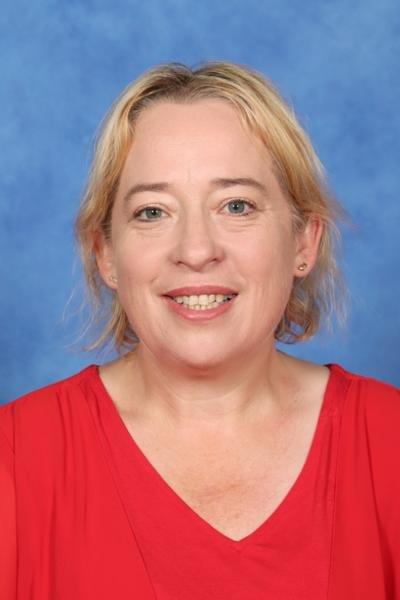Latest News

Jeni McCarthy has taught at St Bernard’s Primary School, Batemans Bay for 14 years. Her role combines classroom support, data analysis and school leadership.
In 2019 she became a certified Lead Teacher—the top tier of the Highly Accomplished and Lead Teacher (HALT) program.
HALT is a national initiative of the Australian Institute for Teaching and School Leadership. It’s a voluntary process where individual teachers demonstrate their expertise against the Australian Teacher Standards.
The ACT has the highest proportion of HALTs in Australia and Catholic Education Canberra Goulburn (CECG) places a high priority on supporting the certification of Highly Accomplished and Lead teachers across our schools in the ACT and NSW.
The importance of Highly Accomplished and Lead Teachers
A spokesperson for the NSW Education Standards Authority, the state’s HALT certifying body, says:
‘Teachers accredited at HALT level are important because they drive quality teaching, research-driven teaching and learning practices, and the professional growth of teachers in their learning environment.’
‘As part of modelling effective teaching practice and providing support to their colleagues, HALTs contribute to the principal goal of improving student outcomes.’
The process of HALT certification is also enriching—and potentially career changing—for the individual teacher.
The HALT journey
Jeni completed a Masters in Special Education before starting her HALT journey. She originally applied for Highly Accomplished certification but took her mentor’s advice to change to Lead Teacher.
At that point, she had ‘no drive to be in a leadership role’. She explains:
‘The reason I started doing it the first place was to look at my own growth in my career and where it was heading. I also wanted to show my own children that with hard work and dedication, you can achieve things. That was important to me, as well as being able to reflect on and improve my practice so that I could be a better teacher.’
‘I didn’t realise then what doors would be opened for me. I ended up in a leadership role I was never working toward.’
Now, alongside her role at St Bernard’s, she conducts classroom observations for aspiring HALT candidates and is on the panel reviewing HALT applications.
The Catalyst journey
A couple of years after Jeni became a Lead Teacher, St Bernard’s adopted the Catalyst professional learning for teachers that’s now being rolled out across CECG schools.
Based on the science of how people learn, Catalyst supports teachers to use high-impact teaching and explicit instruction to create a consistent, highly engaged learning experience for students.
Jeni appreciates that every CECG teacher receives Catalyst professional training that includes ‘the science behind the learning—the science of reading. It’s not just saying “This is what you’re going to do and this is how you do it” but why we’re doing it this way.’
‘The result is that teachers are confident in their understanding of what they’re delivering, why they’re teaching this way and what the next step is for students.’
Catalyst for students with higher needs
Having taught in a range of systems, Jeni finds that Catholic schools provide ‘more of a connection with the whole family—more of a team effort in providing the right education for each student’. The team element is vital in her classroom support role, which includes adapting Catalyst for students with higher needs.
‘We are an inclusive primary school, supporting students with higher needs in the classroom,’ she says. ‘We’re making adjustments for these students to have success with their learning. Some students work in smaller groups or one on one to get the full benefit of the Catalyst explicit teaching structure.’
One advantage of the structure around Catalyst is that the teaching materials are highly developed. ‘We’ve got access to teaching materials for all students across year levels. We’re able to access the year level data reviews required and use those for those children who are working at a different level, instead of us introducing another program.’
Stronger results, higher engagement
The impact of Catalyst is encouraging, including in standardised test results. St Bernard’s has had a lot fewer results in the lowest NAPLAN test bands for spelling, and more students moving from the middle two bands to the top two bands in writing and spelling.
Jeni describes Catalyst teaching as ‘very busy and full on’ for teachers. ‘But it’s also reduced the behaviour management within the classroom, because the kids are so engaged in what they’re doing. I feel there’s been improvement in the general behaviour management because of those routines that we’re putting in place.’
And students are not just on board with this new style of learning; they’re becoming ambassadors for it.
‘The kids are using all the right language now. They know why they have to do daily reviews. They know about the science of reading, the science of learning. They’ll talk about their long-term memory and short-term memory and they’re taking that information back to their parents to talk about.’
